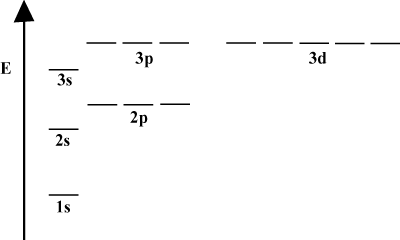Please wait while we process your payment
If you don't see it, please check your spam folder. Sometimes it can end up there.
If you don't see it, please check your spam folder. Sometimes it can end up there.
Please wait while we process your payment

By signing up you agree to our terms and privacy policy.
Don’t have an account? Subscribe now
Create Your Account
Sign up for your FREE 7-day trial
By signing up you agree to our terms and privacy policy.
Already have an account? Log in
Your Email
Choose Your Plan
Individual
Group Discount
Save over 50% with a SparkNotes PLUS Annual Plan!
 payment page
payment page
Purchasing SparkNotes PLUS for a group?
Get Annual Plans at a discount when you buy 2 or more!
Price
$24.99 $18.74 /subscription + tax
Subtotal $37.48 + tax
Save 25% on 2-49 accounts
Save 30% on 50-99 accounts
Want 100 or more? Contact us for a customized plan.
 payment page
payment page
Your Plan
Payment Details
Payment Summary
SparkNotes Plus
You'll be billed after your free trial ends.
7-Day Free Trial
Not Applicable
Renews July 20, 2025 July 13, 2025
Discounts (applied to next billing)
DUE NOW
US $0.00
SNPLUSROCKS20 | 20% Discount
This is not a valid promo code.
Discount Code (one code per order)
SparkNotes PLUS Annual Plan - Group Discount
Qty: 00
SparkNotes Plus subscription is $4.99/month or $24.99/year as selected above. The free trial period is the first 7 days of your subscription. TO CANCEL YOUR SUBSCRIPTION AND AVOID BEING CHARGED, YOU MUST CANCEL BEFORE THE END OF THE FREE TRIAL PERIOD. You may cancel your subscription on your Subscription and Billing page or contact Customer Support at custserv@bn.com. Your subscription will continue automatically once the free trial period is over. Free trial is available to new customers only.
Choose Your Plan
This site is protected by reCAPTCHA and the Google Privacy Policy and Terms of Service apply.
For the next 7 days, you'll have access to awesome PLUS stuff like AP English test prep, No Fear Shakespeare translations and audio, a note-taking tool, personalized dashboard, & much more!
You’ve successfully purchased a group discount. Your group members can use the joining link below to redeem their group membership. You'll also receive an email with the link.
Members will be prompted to log in or create an account to redeem their group membership.
Thanks for creating a SparkNotes account! Continue to start your free trial.
We're sorry, we could not create your account. SparkNotes PLUS is not available in your country. See what countries we’re in.
There was an error creating your account. Please check your payment details and try again.
Please wait while we process your payment

Your PLUS subscription has expired
Please wait while we process your payment
Please wait while we process your payment

Atoms and Atomic Orbitals
The spin quantum number tells whether a given electron is spin up (+1/2) or spin down (-1/2). An orbital contains two electrons, and each of those electrons must have different spins.
It is often convenient to depict orbitals in an orbital energy diagram, as seen below in . Such diagrams show the orbitals and their electron occupancies, as well as any orbital interactions that exist. In this case we have the orbitals of the hydrogen atom with electrons omitted. The first electron shell (n = 1) contains just the 1s orbital. The second shell (n = 2) holds a 2s orbital and three 2p orbitals. The third shell (n = 3) holds one 3s orbital, three 3p orbitals, and five 3d orbitals, and so forth. Note that the relative spacing between orbitals becomes smaller for larger n. In fact, as n gets large the spacing becomes infinitesimally small.

You will see such energy diagrams quite often in your continuing study of chemistry. Notice that all orbitals with the same n have the same energy. Orbitals with identical energies are said to be degenerate (not in the moral sense!). Electrons in higher-level orbitals have more potential energy and are more reactive, i.e. more likely to undergo chemical reactions.
When an atom only contains a single electron, its orbital energies depend only on the principle quantum numbers: a 2s orbital would be degenerate with a 2p orbital. However, this degeneracy is broken when an atom has more than one electron. This is due to the fact that the attractive nuclear force any electron feels is shielded by the other electrons. s-orbitals tend to be closer to the nucleus than p-orbitals and don't get as much shielding, and hence become lower in energy. This process of breaking degeneracies within a shell is known as splitting. In general s orbitals are lowest in energy, followed by p orbitals, d orbitals, and so forth.

The energy diagram of imply a further fact about the energy of electrons. Note that the energy levels in these diagrams do not follow a continuous line: an atom is either in one energy subshell or it is in another. There is no in between. In this way, the diagram perfectly represents the quantized nature of electrons, meaning that electrons can only exist at specific and defined energy levels. The energy level of an electron in a particular energy shell can be determined according to the following equation:
| En = /frac-2.178x10-18joulesn2 |
Please wait while we process your payment

